Home>Furniture & Design>Outdoor Furniture>How To Fill Outdoor Planters
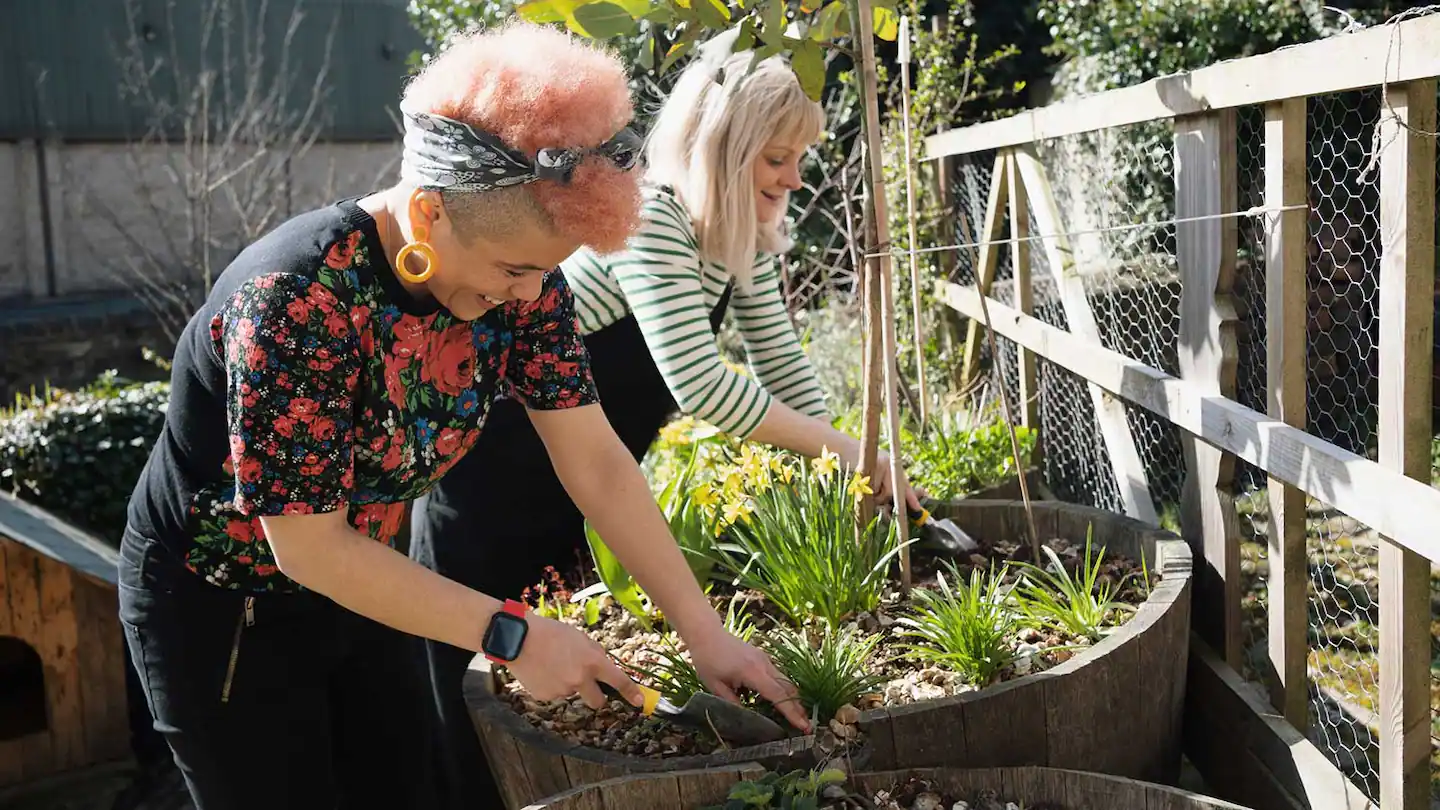

Outdoor Furniture
How To Fill Outdoor Planters
Modified: January 18, 2024
Discover how to fill outdoor planters with the perfect outdoor furniture and design. Get expert tips for creating a stunning outdoor space.
(Many of the links in this article redirect to a specific reviewed product. Your purchase of these products through affiliate links helps to generate commission for Storables.com, at no extra cost. Learn more)
Introduction
Welcome to the world of outdoor planters, where creativity meets nature in a harmonious blend of design and greenery. Whether you're a seasoned gardener or just starting to explore the joys of outdoor planting, choosing the right planter and filling it with vibrant, thriving plants can transform any outdoor space into a lush oasis.
Outdoor planters are not only functional but also serve as decorative elements, adding character and charm to patios, balconies, and gardens. The process of filling outdoor planters is an art form in itself, requiring careful consideration of various factors, including the planter's material, size, and location, as well as the selection and care of plants.
In this comprehensive guide, we'll delve into the intricacies of filling outdoor planters, from choosing the right planter and selecting the perfect plants to preparing the planter, filling it with soil, and caring for your green companions. Whether you're aiming to create a vibrant floral display, a bountiful herb garden, or a striking arrangement of succulents, this guide will equip you with the knowledge and inspiration to bring your outdoor planters to life.
So, roll up your sleeves, grab your gardening gloves, and let's embark on a journey to discover the art of filling outdoor planters and cultivating stunning outdoor spaces that reflect your unique style and love for nature.
Key Takeaways:
- Choose the right planter by considering material, size, drainage, mobility, style, and budget to create a nurturing environment for your plants and enhance your outdoor space.
- Select plants based on light, size, watering needs, colors, seasonal interest, and practicality to curate a captivating arrangement that reflects your style and enhances your outdoor space.
Read more: How To Make An Outdoor Planter Box
Choosing the Right Planter
When it comes to outdoor planters, the options are as diverse as the plants they hold. Selecting the right planter is crucial, as it not only complements your outdoor décor but also provides a conducive environment for plant growth. Here are some essential factors to consider when choosing the perfect planter:
- Material: Outdoor planters come in a variety of materials, including terracotta, wood, metal, fiberglass, and plastic. Each material has its unique characteristics, such as durability, insulation, and weight. Consider the climate in your region and the specific needs of your plants when selecting the material.
- Size and Shape: The size and shape of the planter should align with the space where it will be placed and the type of plants you intend to grow. Larger planters provide more room for root growth and retain moisture better, while smaller ones are suitable for compact spaces and smaller plants.
- Drainage: Adequate drainage is essential for plant health. Ensure that the planter has drainage holes to prevent waterlogging, which can lead to root rot. If the planter of your choice lacks drainage holes, consider drilling them yourself or using it as a decorative cache pot.
- Mobility: Consider whether you'll need to move the planter frequently. If so, lightweight materials or the addition of casters can make transportation easier.
- Style: The planter should complement the aesthetic of your outdoor space. Whether you prefer a modern, minimalist look or a more rustic, traditional vibe, there are planters to suit every style.
- Budget: Set a budget for your planter, keeping in mind that quality planters made from durable materials may require a higher initial investment but can last for many seasons.
By carefully considering these factors, you can choose a planter that not only enhances the beauty of your outdoor area but also provides a nurturing environment for your plants to thrive. Once you've selected the perfect planter, it's time to move on to the next step: selecting the right plants to grace it.
Selecting the Right Plants
Choosing the plants for your outdoor planter is an exciting opportunity to express your creativity and showcase your gardening prowess. Whether you envision a vibrant display of flowers, a lush arrangement of foliage, or a practical herb garden, the key is to select plants that not only complement your planter but also thrive in its specific conditions. Here are some essential considerations for selecting the right plants:
- Light and Climate: Assess the amount of sunlight your outdoor space receives throughout the day. Different plants have varying light requirements, so it’s crucial to match the plants’ needs with the available light. Additionally, consider the climate in your region and choose plants that are well-suited to the local weather conditions.
- Size and Growth Habit: Take into account the mature size and growth habit of the plants. Taller or vining plants may require trellises or stakes for support, while spreading or trailing plants can create a cascading effect from the planter.
- Watering Needs: Some plants are more drought-tolerant, while others require regular watering. Be mindful of the watering needs of your chosen plants and ensure they align with your lifestyle and schedule.
- Complementary Colors and Textures: Consider the overall aesthetic you wish to achieve. Harmonize the colors and textures of the plants to create a visually appealing composition. Contrast bold, vibrant blooms with delicate foliage, or mix varying shades of green for a soothing, monochromatic display.
- Seasonal Interest: If you desire year-round appeal, select a combination of plants that offer seasonal interest. Incorporate early bloomers, summer stunners, fall foliage, and winter evergreens to maintain visual appeal throughout the year.
- Practicality: If you’re growing herbs or vegetables, prioritize plants that are not only culinary delights but also complement each other’s growth habits and cultural requirements.
By carefully considering these factors and conducting thorough research on the plants you intend to include in your outdoor planter, you can curate a captivating arrangement that reflects your personal style and enhances the beauty of your outdoor space. Once you’ve chosen the perfect plants, the next step is to prepare the planter to provide an optimal growing environment for your green companions.
When filling outdoor planters, be sure to use a good quality potting mix that is specifically designed for outdoor containers. This will provide the right nutrients and drainage for your plants to thrive.
Preparing the Planter
Before filling your outdoor planter with soil and plants, it’s essential to prepare the planter to create an optimal environment for plant growth. Proper preparation ensures that your plants have the best chance to thrive and flourish. Here are the essential steps to prepare your planter:
- Clean the Planter: If you’re using a planter that has been previously used or has been exposed to the elements, give it a thorough cleaning. Remove any debris, dirt, or mineral deposits, and sanitize the planter if necessary. This step helps prevent the introduction of pests and diseases to your new plantings.
- Inspect Drainage: Check the drainage holes to ensure they are clear and free of obstructions. If the planter lacks drainage holes, consider adding a layer of gravel or broken pottery at the bottom to improve drainage and prevent waterlogging.
- Protect Against Rot: To protect the planter from moisture-related deterioration, consider lining the interior with a layer of permeable landscape fabric. This barrier allows water to drain while preventing soil from escaping through the drainage holes.
- Consider a Watering System: For larger planters or situations where regular watering may be challenging, consider incorporating a self-watering system. These systems can help maintain consistent moisture levels in the soil, promoting healthier plant growth.
- Inspect for Pests: Before adding soil and plants, inspect the planter for any signs of pests or insects. Address any pest issues before proceeding to ensure a pest-free environment for your new plantings.
By taking the time to prepare your planter properly, you set the stage for a successful and thriving container garden. Once your planter is clean, well-drained, and ready for planting, it’s time to move on to the next step: filling the planter with a high-quality growing medium to provide essential nutrients and support for your plants.
Filling the Planter
As you embark on the exciting journey of filling your outdoor planter, the choice of growing medium plays a pivotal role in providing a nourishing foundation for your plants. The ideal growing medium should offer a balance of drainage, aeration, moisture retention, and essential nutrients to support healthy plant growth. Here’s how to fill your planter with the optimal growing medium:
- Choose a Quality Potting Mix: Select a high-quality potting mix specifically formulated for container gardening. Avoid using garden soil, as it tends to become compacted in containers, hindering proper drainage and root development.
- Layering Technique: To create an ideal growing environment, employ a layering technique when filling the planter. Begin by placing a layer of drainage material, such as gravel or horticultural charcoal, at the bottom of the planter to facilitate water drainage.
- Add Potting Mix: Fill the planter with the potting mix, leaving sufficient space to accommodate the root balls of the plants you’ll be adding. Gently firm the potting mix to eliminate air pockets without compacting it excessively.
- Consider Soil Amendments: Depending on the specific needs of your plants, consider incorporating soil amendments such as perlite, vermiculite, or compost to enhance the growing medium’s texture, drainage, and nutrient content.
- Leave Room for Planting: As you fill the planter, visualize the arrangement of plants and leave appropriate spacing between the surface of the potting mix and the rim of the planter to accommodate the root systems of the plants.
- Consider Fertilizer: Some potting mixes come pre-fertilized, while others may require the addition of a slow-release or water-soluble fertilizer. Follow the product recommendations and consider the specific nutritional requirements of the plants you’ll be growing.
By carefully filling your planter with a high-quality growing medium and incorporating the necessary amendments and fertilizers, you create a nurturing environment that sets the stage for robust plant growth and bountiful blooms. With the planter filled and ready for planting, the final step is to carefully select and plant your chosen green companions, ensuring their successful establishment and long-term vitality.
Read more: How To Fill Large Outdoor Pots
Caring for Your Outdoor Planters
Once your outdoor planters are filled with vibrant greenery and blooming with life, it’s essential to provide ongoing care to ensure the health and beauty of your plants. By incorporating regular maintenance and mindful attention, you can nurture thriving planters that continue to enhance your outdoor space. Here are the key aspects of caring for your outdoor planters:
- Watering: Monitor the moisture levels in the growing medium and adjust your watering routine based on the specific needs of the plants and the prevailing weather conditions. Be mindful of overwatering, which can lead to root rot, and underwatering, which can cause stress to the plants.
- Fertilization: Depending on the type of potting mix and the nutritional requirements of your plants, consider implementing a regular fertilization schedule to replenish essential nutrients and support healthy growth and flowering.
- Pruning and Deadheading: Regularly remove spent blooms and prune back any overgrown or leggy growth to encourage bushier, more compact growth and stimulate continuous flowering in annuals and perennials.
- Pest and Disease Management: Keep a watchful eye for signs of pests or diseases and take prompt action to address any issues. Regularly inspect the foliage and stems for pests and treat any infestations with appropriate measures to prevent the spread of pests to other plants.
- Seasonal Maintenance: As the seasons change, adapt your care routine to accommodate the evolving needs of your plants. Prepare for temperature fluctuations, adjust watering frequency, and consider protective measures during extreme weather conditions.
- Rejuvenation and Repotting: Periodically assess the condition of your plants and the planter itself. If the plants become root-bound or outgrow the planter, consider repotting them into larger containers to provide ample room for root development and sustained vitality.
By consistently tending to the needs of your outdoor planters and fostering a nurturing environment, you can enjoy the rewards of flourishing greenery, vibrant blooms, and the soothing ambiance they bring to your outdoor living spaces. With thoughtful care and attention, your outdoor planters will continue to thrive, delighting you with their natural beauty and enhancing the allure of your outdoor sanctuary.
Frequently Asked Questions about How To Fill Outdoor Planters
Was this page helpful?
At Storables.com, we guarantee accurate and reliable information. Our content, validated by Expert Board Contributors, is crafted following stringent Editorial Policies. We're committed to providing you with well-researched, expert-backed insights for all your informational needs.
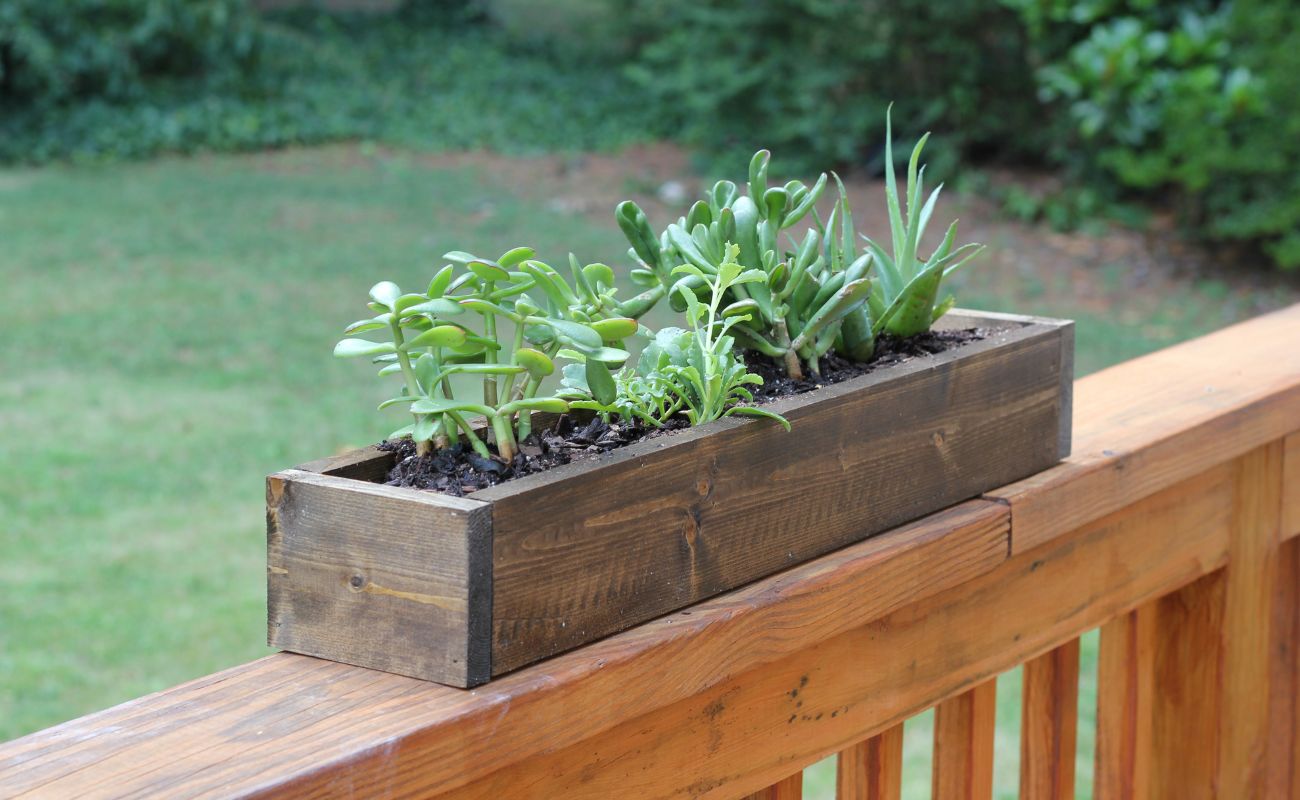
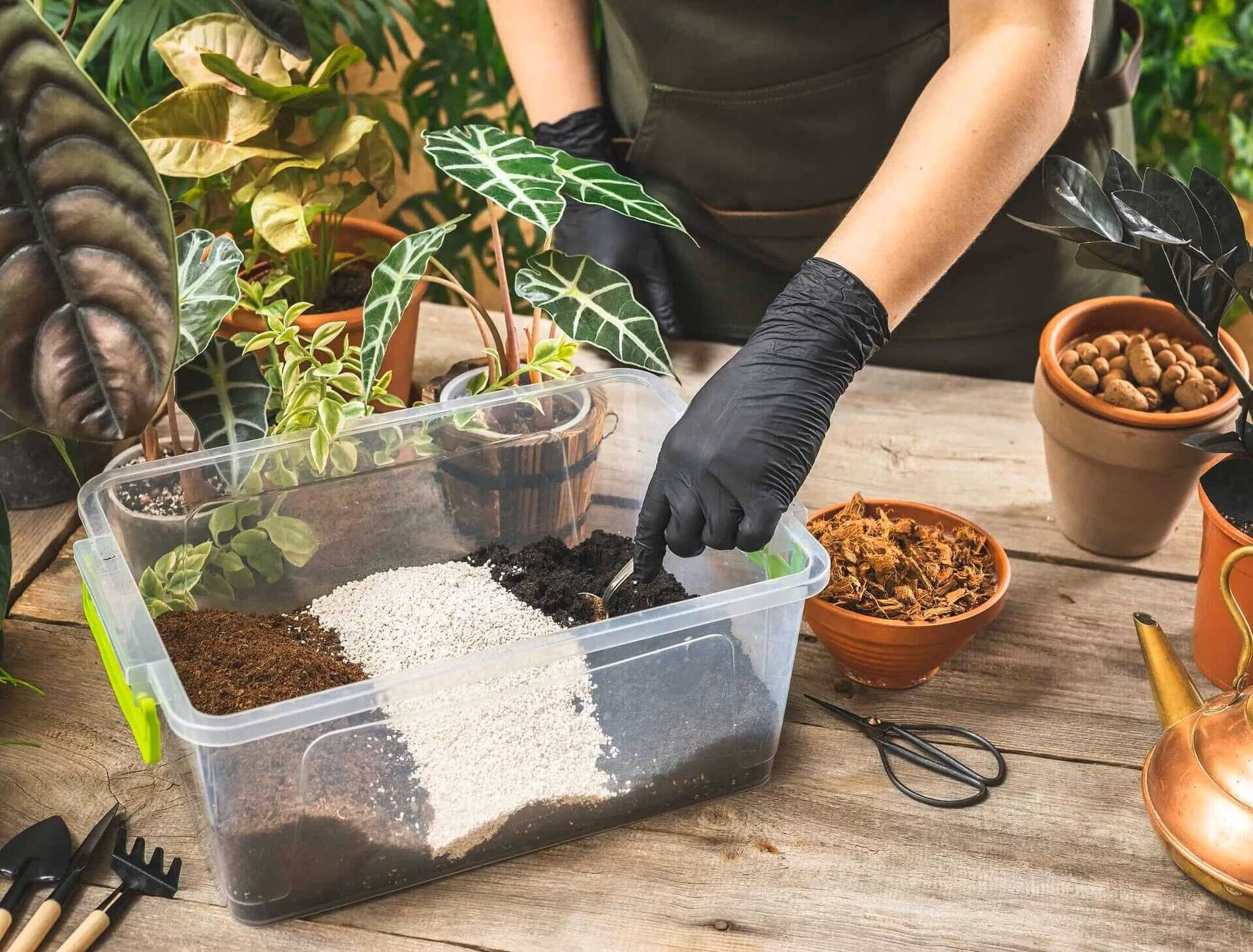
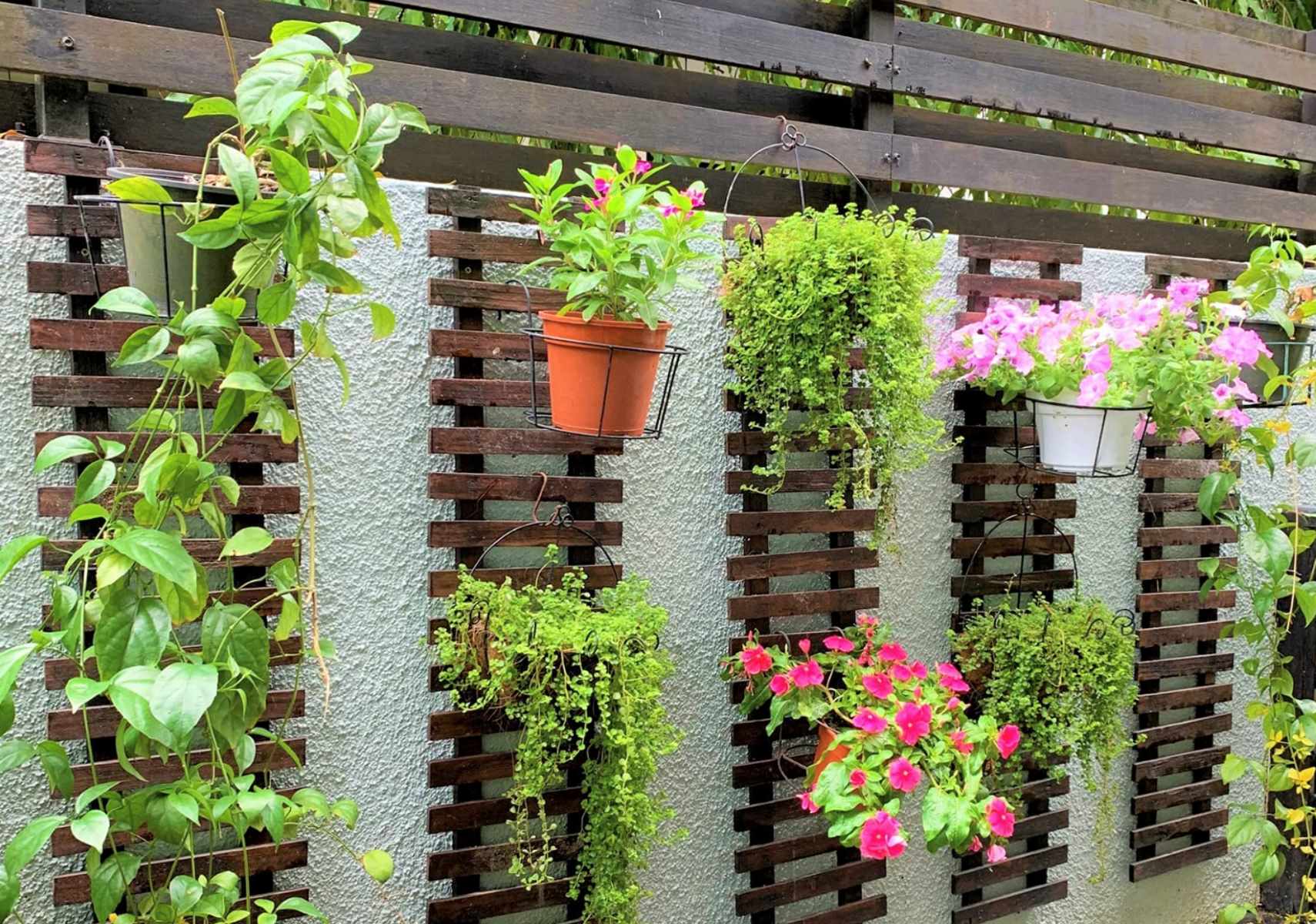
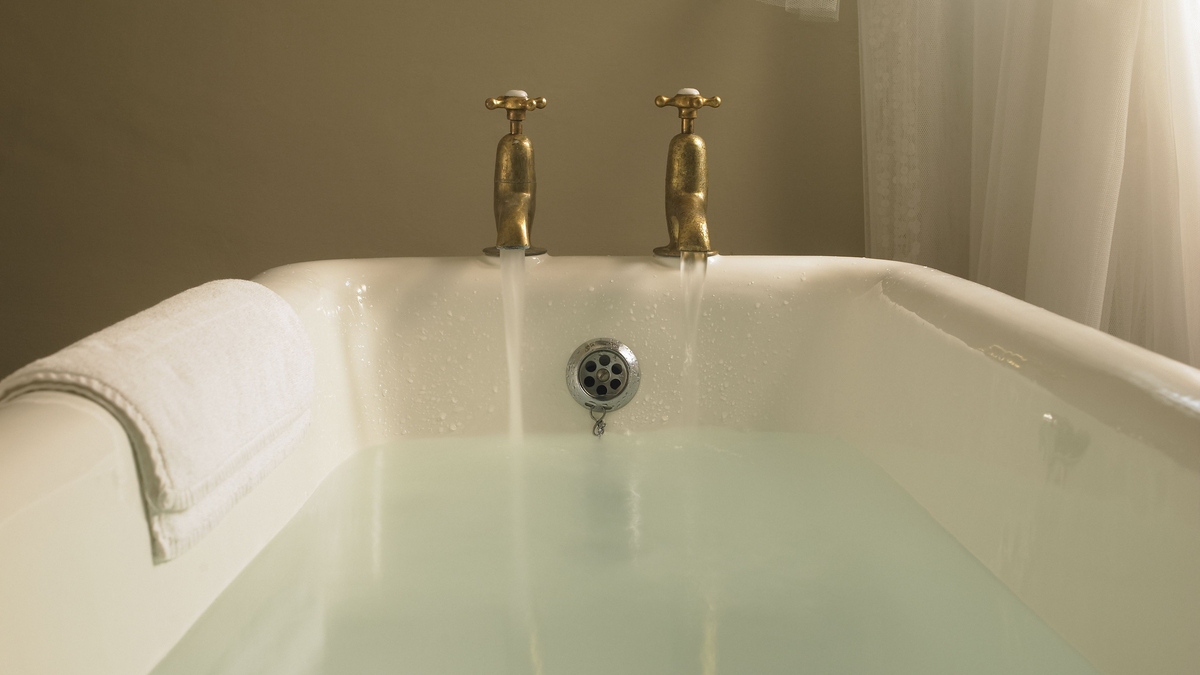
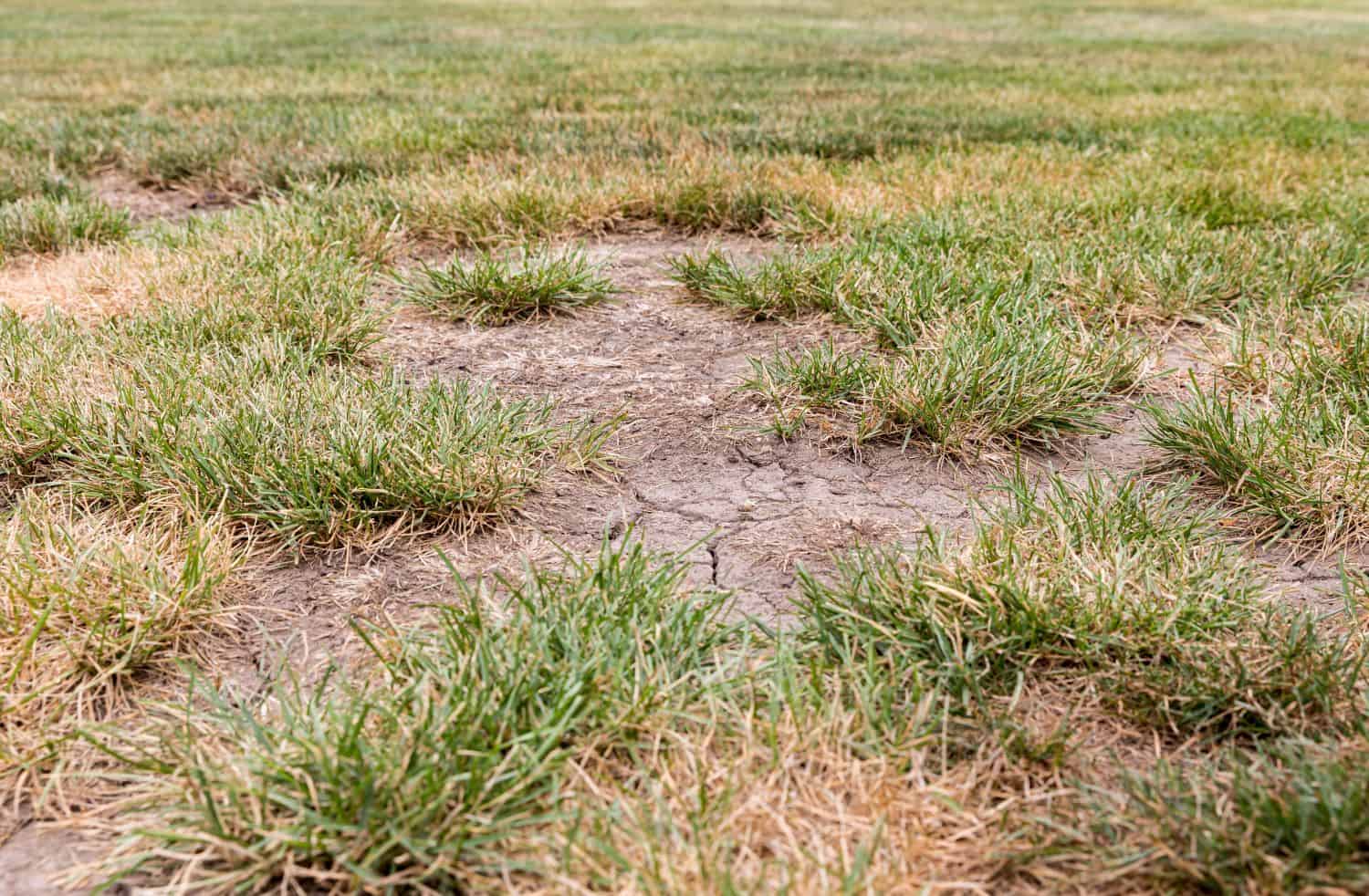
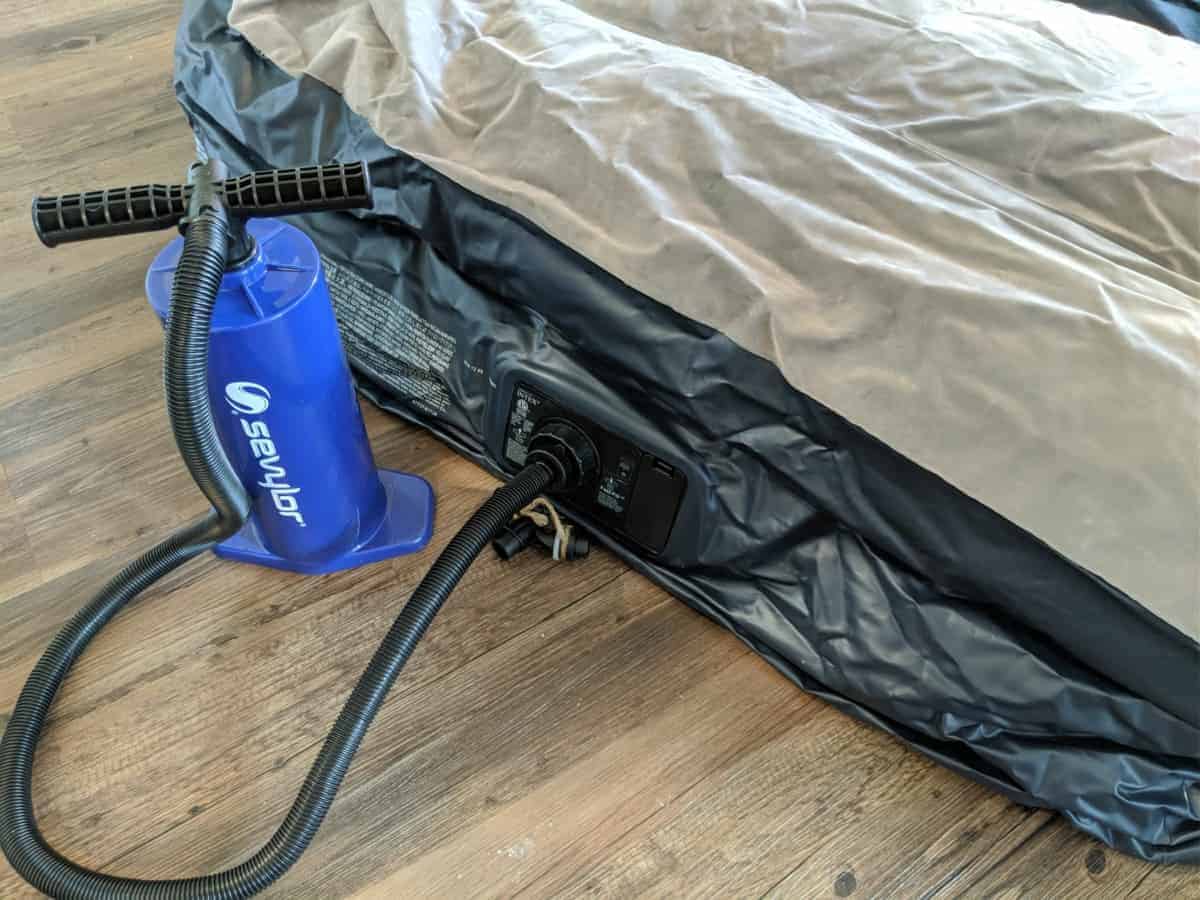
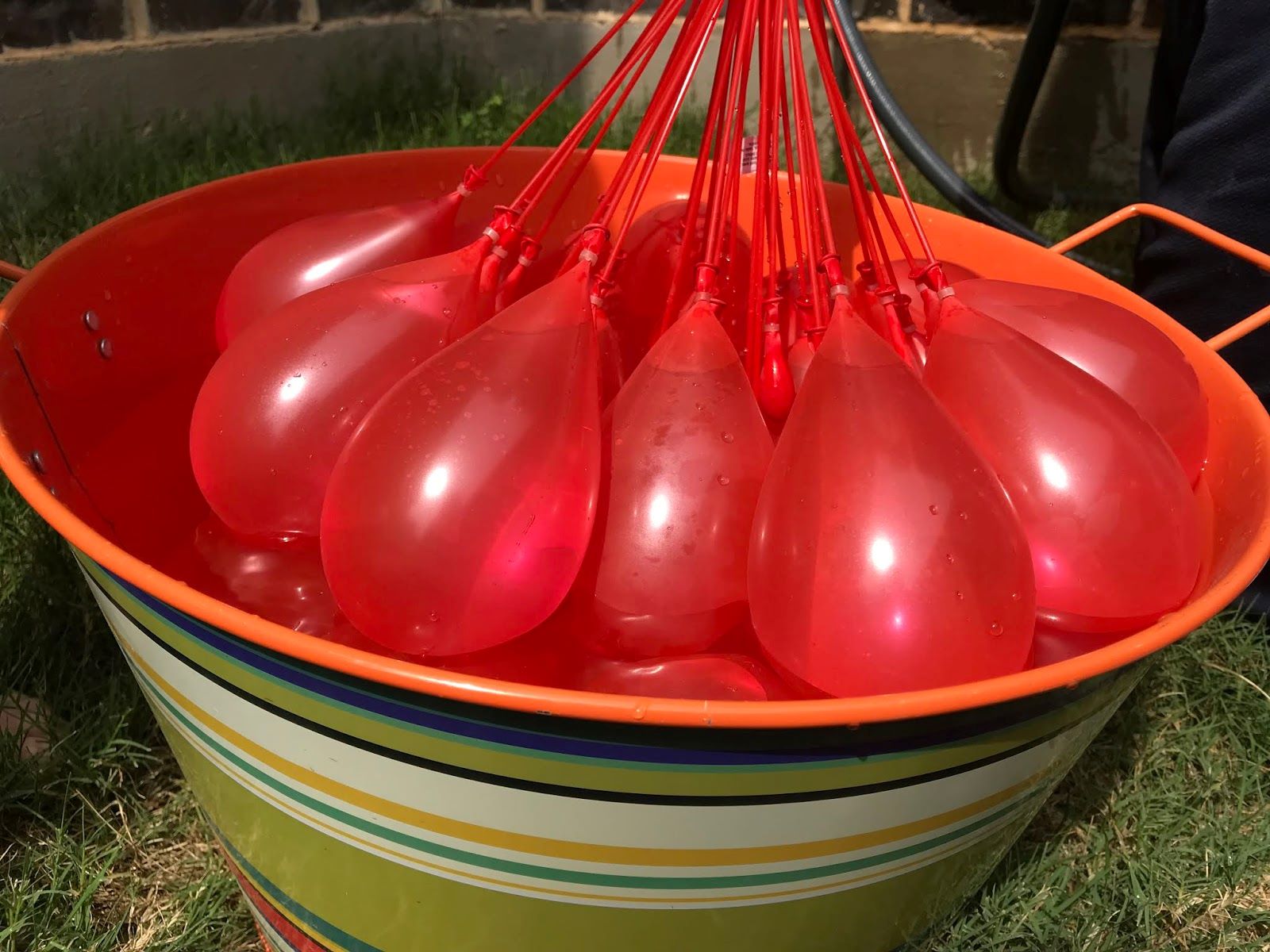
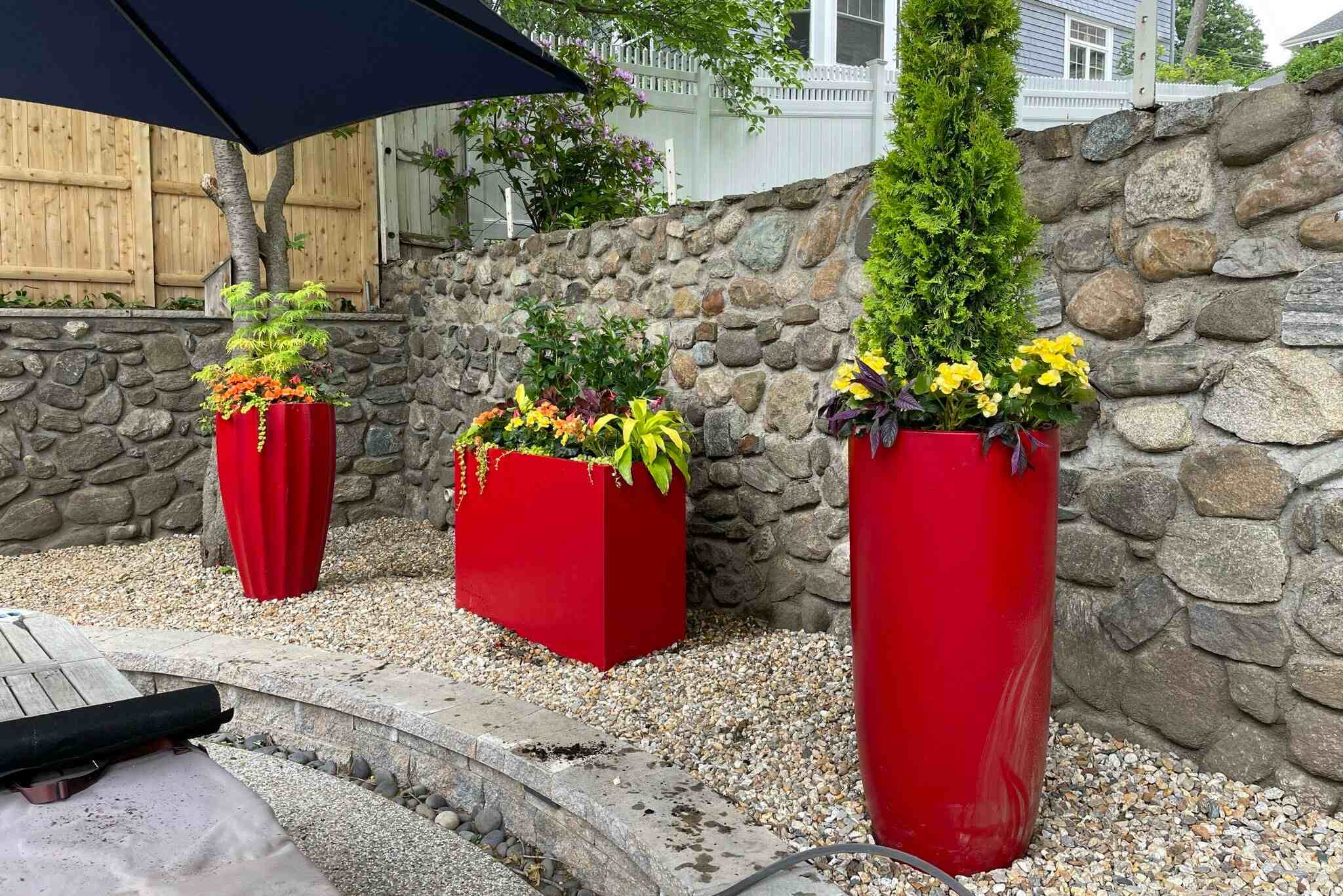
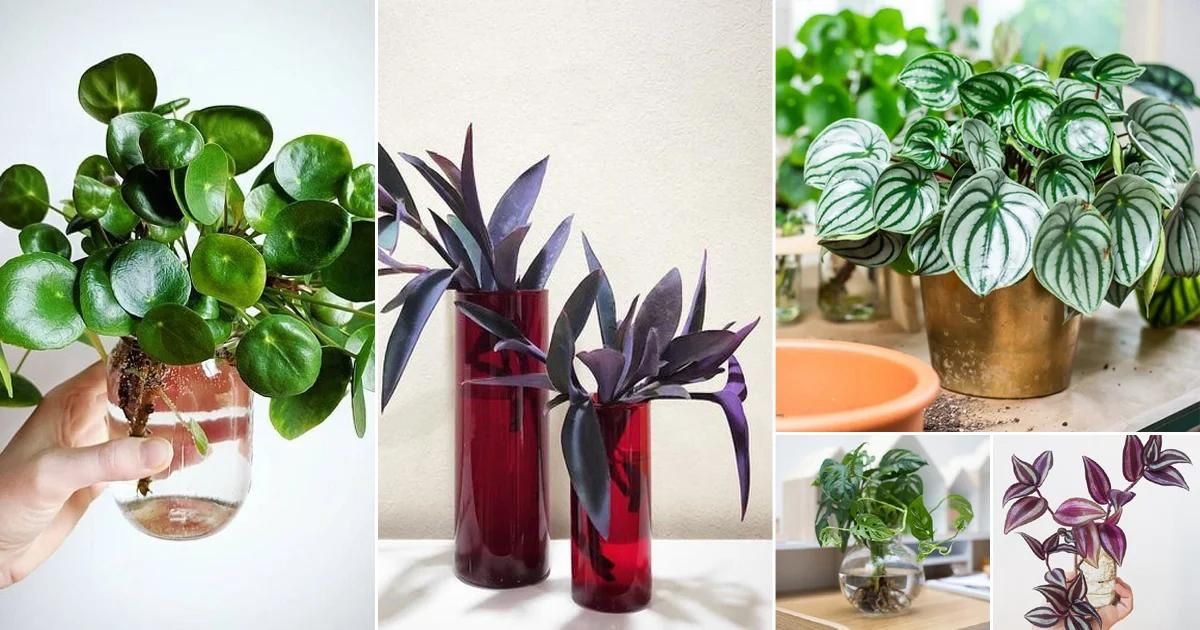
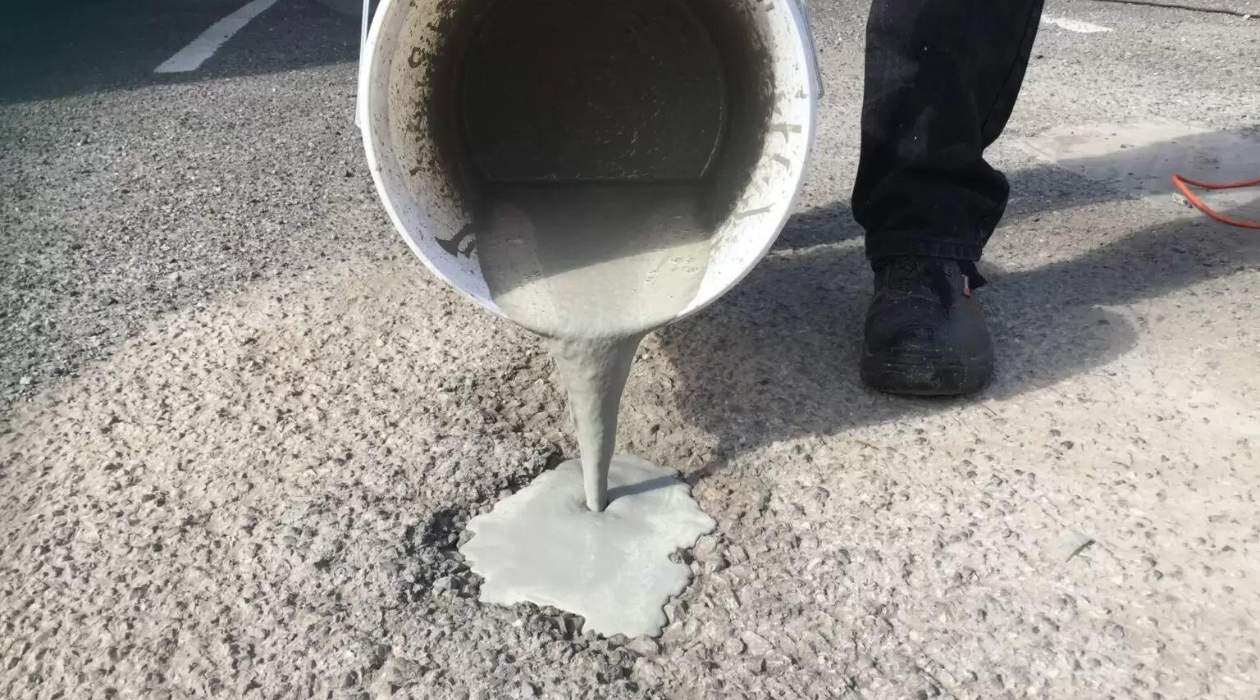
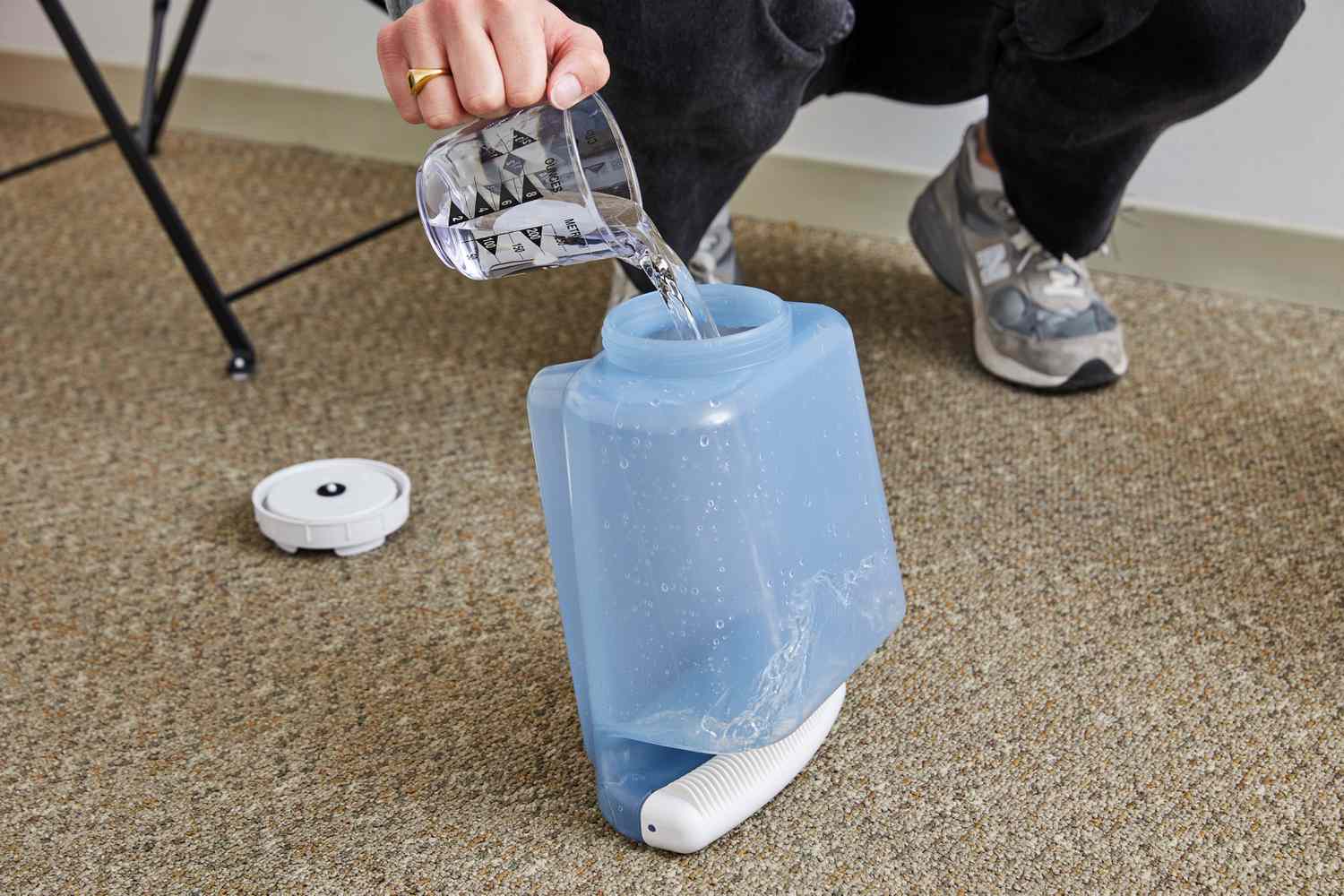
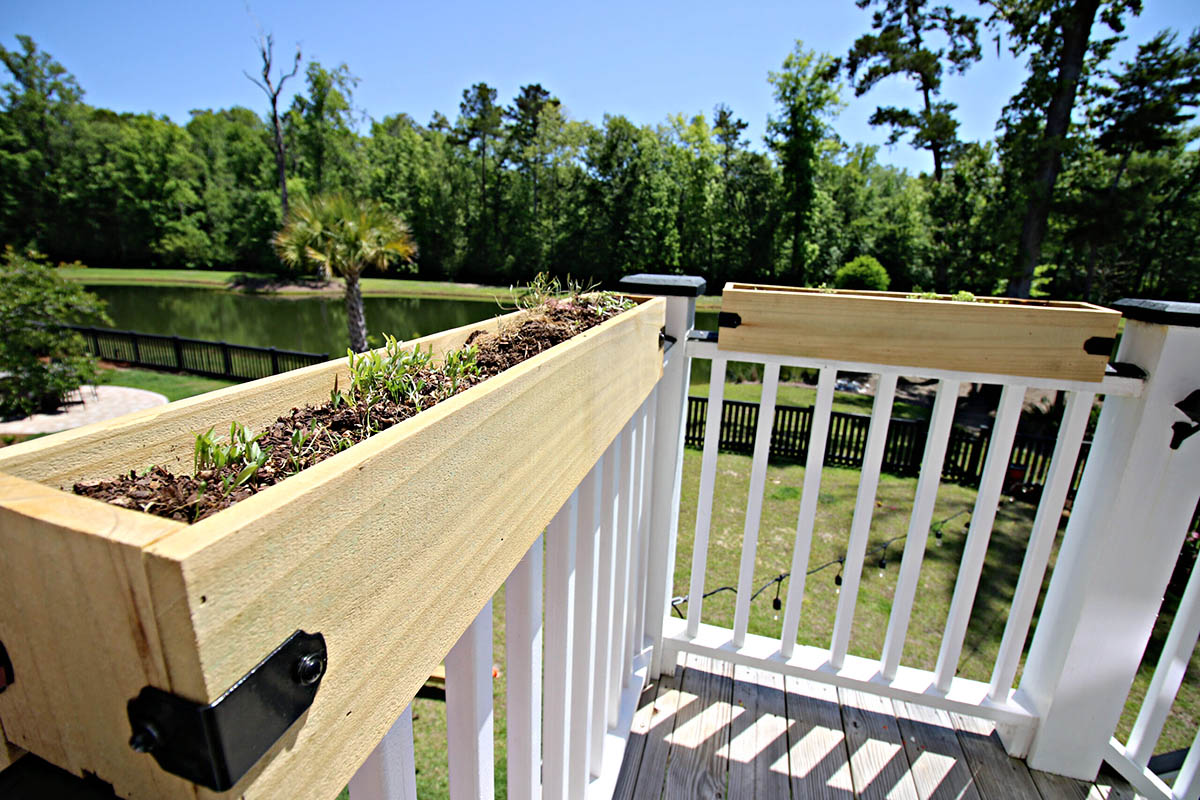
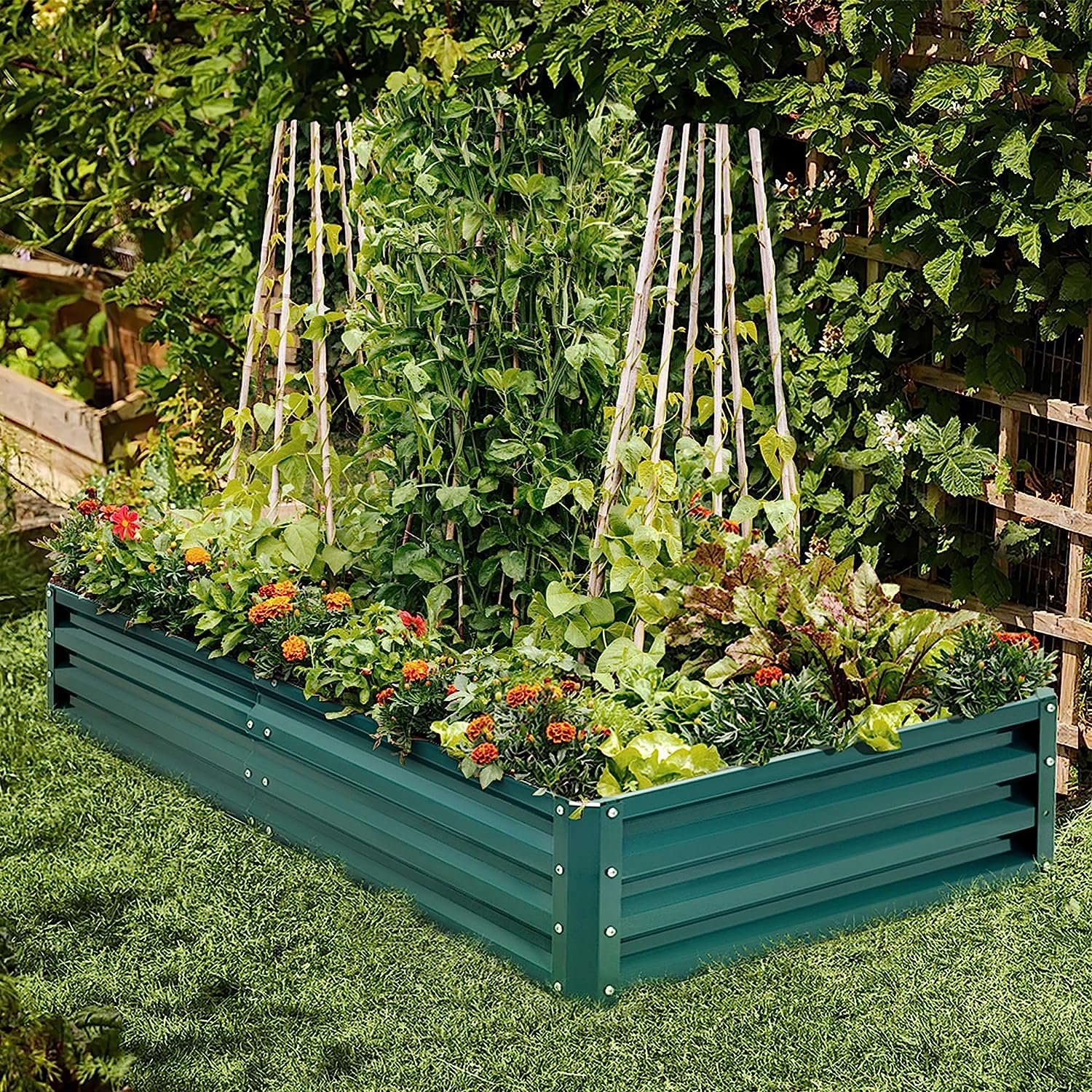
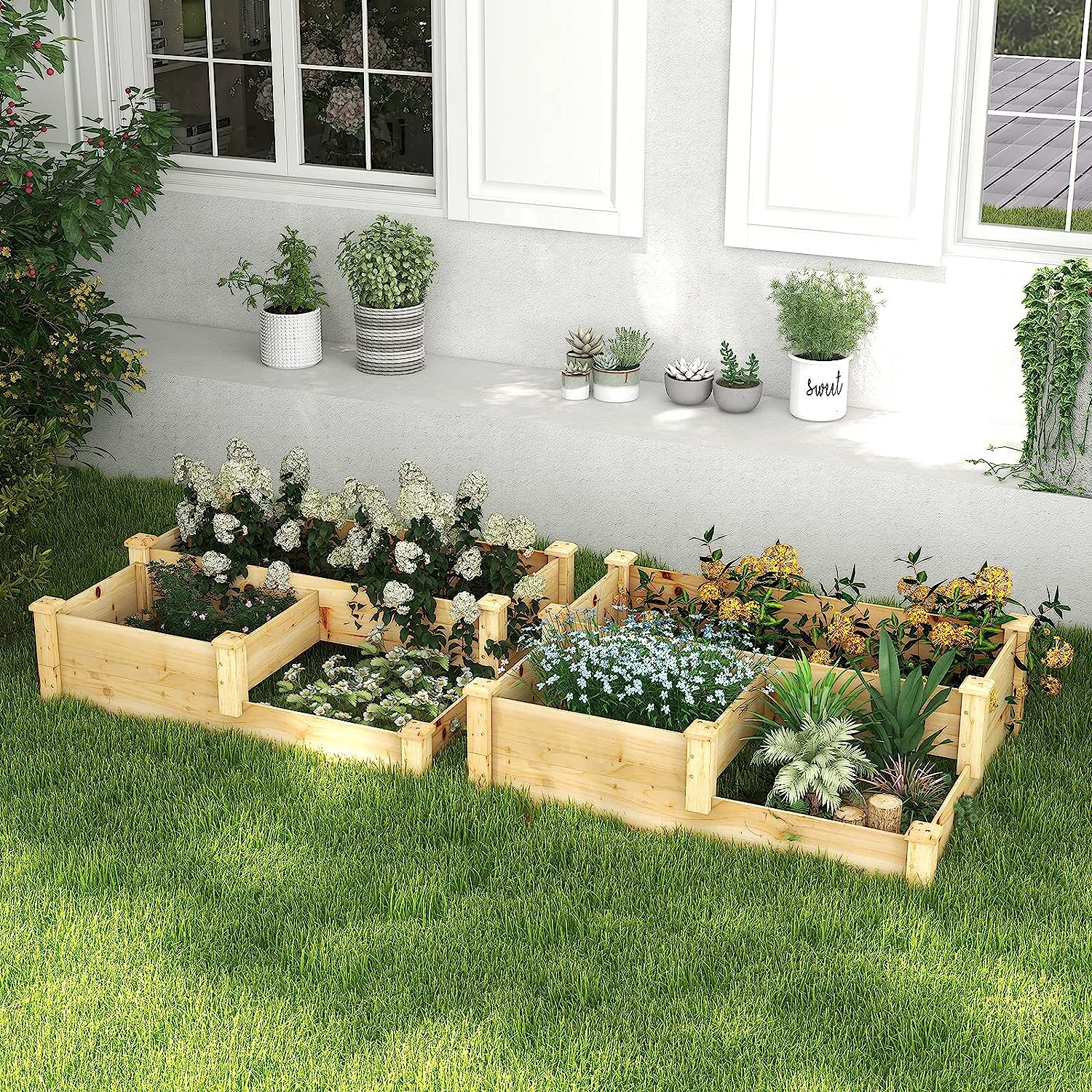

0 thoughts on “How To Fill Outdoor Planters”